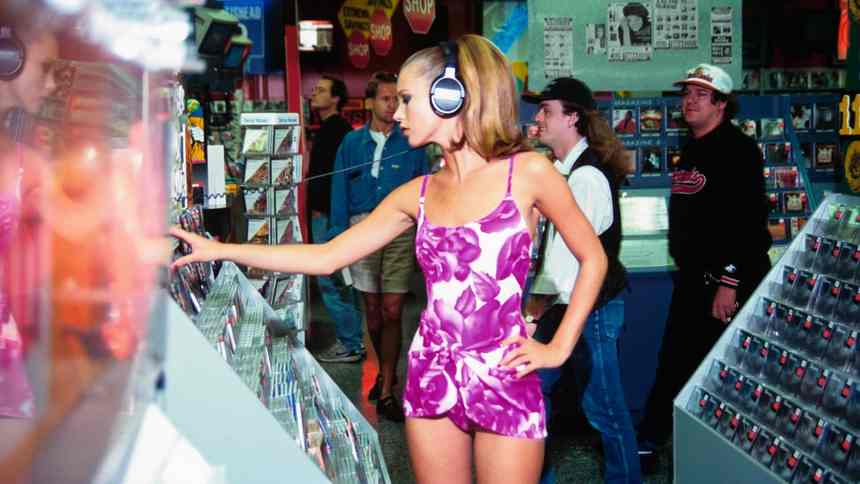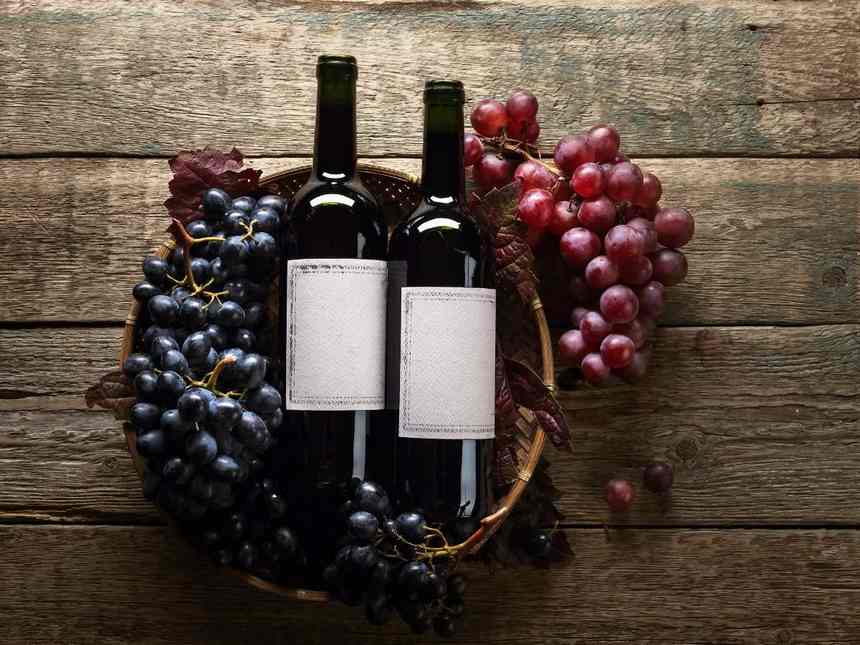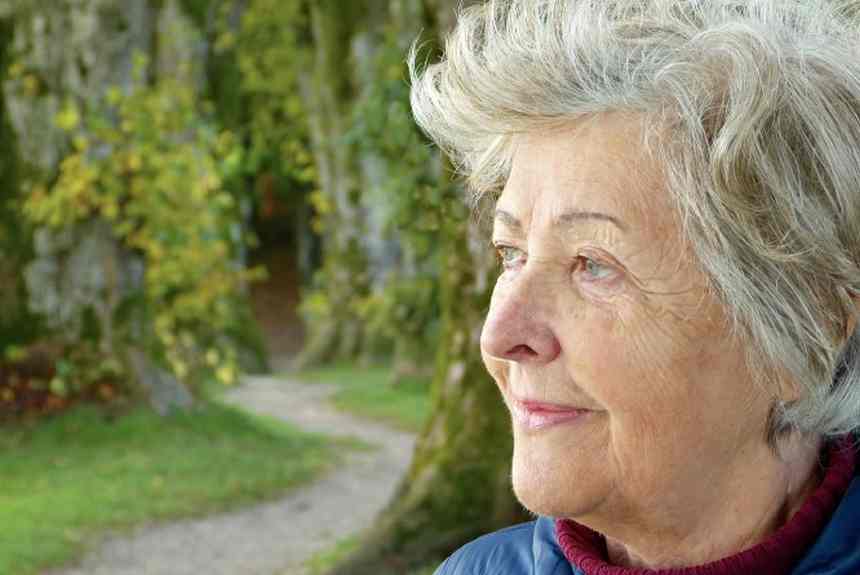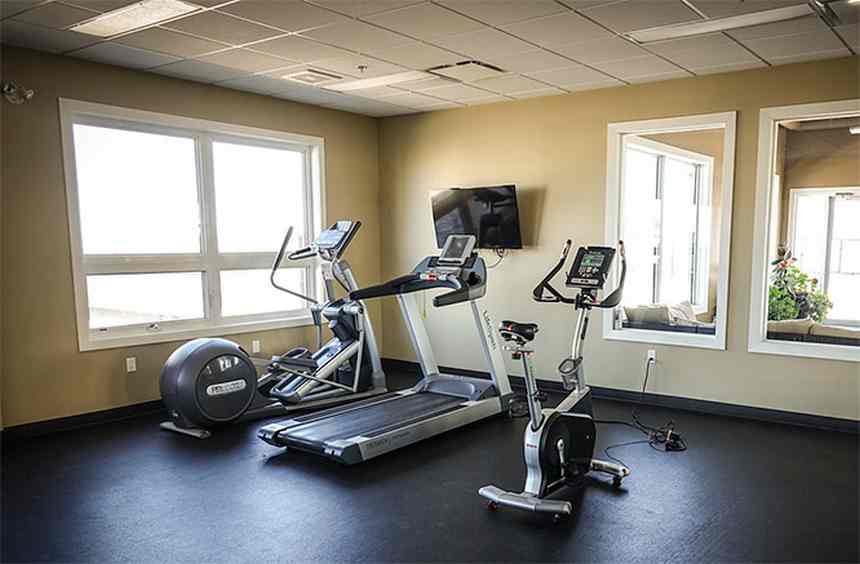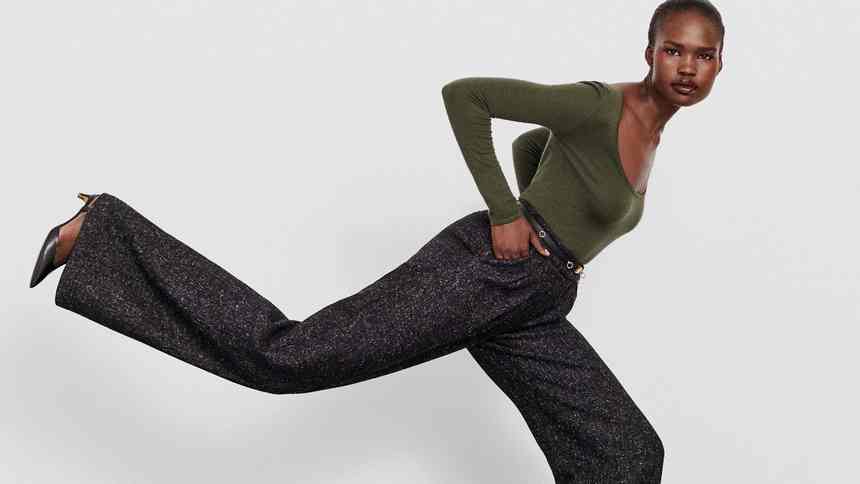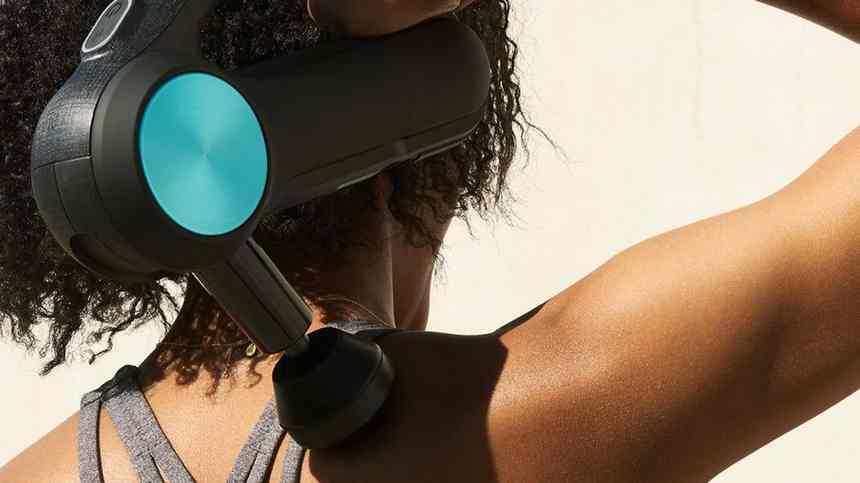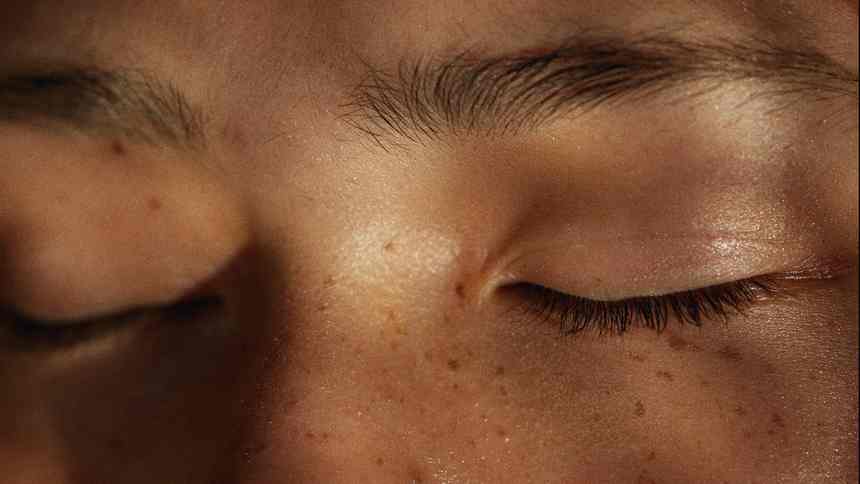Wiggle your big toe. Go on, wiggle it. While Uma Thurman might have been recovering from a far more extreme place when she delivered this line in Kill Bill: Volume 1, there’s no doubt all of our feet could do with a little more conscious movement.
Our only connection with the ground, the feet have a lot of responsibility and, arguably, don’t get the respect they deserve. “Unfortunately we’ve forgotten how important feet are to us,” says physiotherapist Sarah Parker. “They tell our brain what’s going on beneath us in order to guide biomechanics. We’ve put rubber soles between our feet and the ground and bound them so tight they can’t move as they should. Our feet have hundreds of joints, muscles, tendons and ligaments, which are meant to move and adapt to surfaces to tell our brain what’s going on. You can tell a lot about a body by how the feet are!”
While Parker specialises in pelvic health, there’s a surprisingly relevant link to the feet. “The feet are right next to the genitalia on the hermunculus [aka the homunculus, a map of the brain’s sensory neurons in each part of the body] – I call it ‘her’ because it’s always been a [map of a] man – sexist. And Hebbs law states that things [in the brain] that fire together wire together. So, I always work on feet as well.”
The most common problems
If the feet are out of whack, it’s likely to have an impact on the rest of the body, albeit different for each person. “We see all the typical foot problems associated with modern footwear and insufficient movement,” says Vivobarefoot coach, Ben Le Vesconte. “From back pain, knee pain and shin splints to plantar fasciitis, achilles tendonitis and Morton’s neuroma. Many people simply have squashed, achy, tired, weak feet from narrow toe boxes and cushioning.”
Sports scientist, gait analyst and self-confessed running biomechanics geek, Emma Kirk-Odunubi explains that “if the feet aren’t functioning well, for example if they are too flexible or too stiff or not strong enough, it can affect how well the force [of impact from the ground] travels through our bodies as we move. Currently, the most common problems I see from running are knee and shin issues. From a gait perspective, this is usually due to over-striding.”
Le Vesconte agrees. “Almost everyone walks with too long a stride (low-to-medium heels and cushioning enable this) and a heavy heel strike, and this exaggeration carries into running with a slow, sticky stride.” Runners, read on.
Read MoreHow To Take Proper Care Of Your Feet
Learning to walk before you can run
When it comes to walking and running, the barefoot approach is hotly debated. Rather than abandoning shoes entirely, the best advice is to go gently. Your gateway shoe? Vivobarefoot – sustainably made, with a wider toe shape and thin, flexible soles to mimic the benefits of being barefoot. Research from Liverpool University has shown that wearing Vivobarefoot shoes improves postural stability and physical function. “Our balance is immediately better when we can feel the ground,” explains Le Vesconte. “Over time we see increases in foot strength, an indicator for reducing the likelihood of falls.”
A coaching session with Vivobarefoot involves a full assessment of aches and pains, injury history, balance and foot function using a plantar pressure plate, video analysis of walking and running technique – alignment, cadence, relaxation, symmetry and foot strike. You name it, they cover it, then coach you to address any imbalances, including micro-movement drills to help reconnect the mind, body and feet.
Alternatively, Le Vesconte suggests videoing yourself walking or running past a static camera, then slow it down and take a look at your posture when you make contact with the floor – “Are you landing way ahead of your body? Bent at the hip?” – and check your rhythm. “When walking it is natural to land just ahead of the body, however, think heel stroke rather than heel strike,” he explains. For those looking for specifics, we’re talking a rhythm of 120 steps per minute, which encourages a shorter stride, with a softer heel contact and a more upright posture – “hips forward, lead with the torso and walk tall.”
For barefoot-shoe running, Le Vesconte advises upping the beat to 180 steps per minute, maintaining the upright position and short quick strides. “The most important advice is to build running very slowly, after weeks, even months of walking. Just a few minutes, a few times per week, to begin with. Listen to your body and build slower than you think.”
Elsewhere, for the non-barefoot approach, Kirk-Odunubi recommends visiting an independent running store for free gait analysis. “Otherwise, I suggest people go for a stable neutral shoe if they are unsure of their gait style. My go-to shoe is the UnderArmour Sonic 3 – it’s the Goldilocks of shoes, not too soft, not too firm, very responsive and light.”
The Traditional Chinese Medicine (TCM) approach to feet
When it comes to treating clients, physios, running coaches and even acupuncturists will start with the feet. “It’s like being a detective,” acupuncturist Luke Warburton tells us. “I will feel for temperature, look at structure, pronation and supination, high arches, low arches, toe clawing and hard skin. I might also look at how the shoe soles are worn for clues as to how the weight falls.”
In TCM, the feet are central to treating the whole body. “The importance of looking after your feet is emphasised, because feet are literally holding you up most of the time you are awake,” says Warburton. “In acupuncture, the major channels of the legs both end and begin at the feet and toes. The ball of the foot is a key zone; and the base of the big toe is a hugely important joint.”
While acupuncture can unlock restricted areas in the feet for improved flexibility, when coupled with massage to improve circulation and soften fascia, the effects are twofold. “It feels great; it’s also deeply calming, a brief massage session can change your state,” advocates Warburton. “The pathway of blood and fluid flow heading down to the feet and being circulated back up the legs is greatly aided if your feet are open and flexible.”
TCM also aligns the feet closely with the body’s neural, nervous and sensory systems. “If you think of a stony beach or soft carpet, you only have to imagine those things and you already know how it would feel underfoot – this is because it’s wired in already via your experiences. The benefits of giving your feet some time outside of shoes are that senses become enlivened, toes begin to explore ranges of movement and increased dexterity.”
To further stimulate the soles of the feet, Warburton advises “getting an acupressure mat and having a play with standing on it for a bit each day,” and “regular self-massage, with good oils – create a regime for your feet that rivals that of your face.”
He’s also a big fan of foot soaks to help boost circulation. “Fill a washing-up bowl or bucket with water just on the hot side, add fresh ginger slices, cinnamon bark or essential oils, get your feet in as deep as you can. Ten minutes works wonders, the deeper the better. The warmth encourages blood flow and softens tight tissue, which allows the many bones in the feet to gently separate and gain more room for manoeuvre. You always have the best conversations while foot soaking, too.”
5 foot exercises to do every day
Stand on one leg
Balance on one leg for one minute, and then the other for one minute, while brushing your teeth. “It’s simple, but effective, and will work all your small intrinsic muscles without you even having to think about it,” promises Kirk-Odunubi, whose foot strength videos on Instagram make for a good starting point.
Roll your feet
Use a tennis, golf or spiky ball to release tension through the feet and stimulate the soles. As demonstrated by Parker on her IGTV.
Pick things up with your toes
Kirk-Odunubi suggests starting by using a towel as your pick-up prop. “Place both feet on a towel and use your toes to grab the towel, lift it and place it down. Repeat on both sides until fatigued. And interchange with foot rolling to help loosen any tension.”
Let’s toe dance
Lift and spread your toes (can you see light between each?), then place them down one at a time, from little toe to big. To further spark that brain-foot connection, try big toe isolation: lifting the big toe while keeping the rest down, and then swapping.
Activate your arches
Place a small-loop resistance band around the feet while standing. Keeping the toes down, move from relaxed feet with flat arches to strong active arches, pushing out against the band and down into the ball of the foot. As a bonus, this will also help to activate the glutes.
More from British Vogue:


